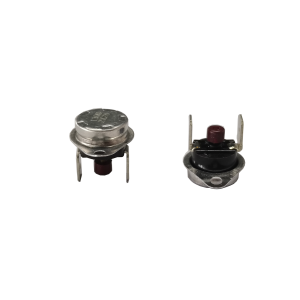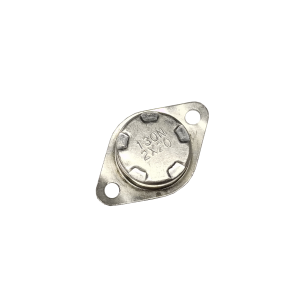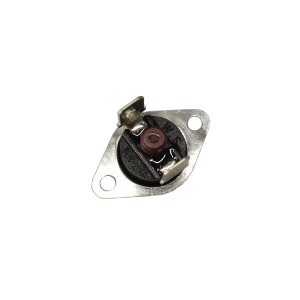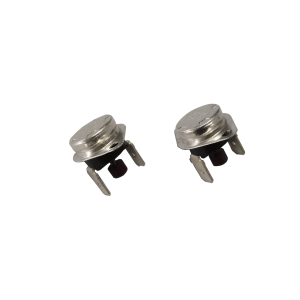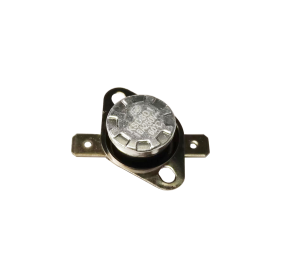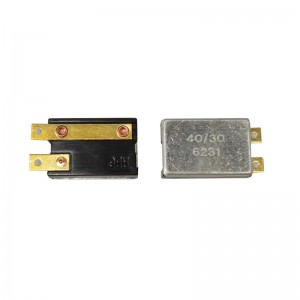Ksd 301 Manual Reset Bimetal Thermostat Adjustable Electronic Elements Thermostat Switch
Product Parameter
| Product Name | Ksd 301 Manual Reset Bimetal Thermostat Adjustable Electronic Elements Thermostat Switch |
| Use | Temperature control/Overheat protection |
| Reset type | Automatic |
| Base material | Resist heat resin base |
| Electrical Rating | 15A / 125VAC, 10A / 240VAC, 7.5A / 250VAC |
| Operating Temperature | -20°C~150°C |
| Tolerance | +/-5°C for open action(Optional +/-3 C or less) |
| Protection class | IP00 |
| Contact material | Double Solid Silver |
| Dielectric Strength | AC 1500V for 1 minute or AC 1800V for 1 second |
| Insulation Resistance | More than 100MΩ at DC 500V by Mega Ohm tester |
| Resistance Between Terminals | Less than 50MΩ |
| Diameter of bimetal disc | Φ12.8mm(1/2″) |
| Approvals | UL/ TUV/ VDE/ CQC |
| Terminal type | Customized |
| Cover/Bracket | Customized |
Applications
Automatic Coffee Makers, Water Heaters, Sandwich Toasters, Dish Washers, Boilers, Dryers, Electric Heaters, Washing Machines, Refrigerators, Microwave Ovens, Water Purifiers, Bidet, etc.
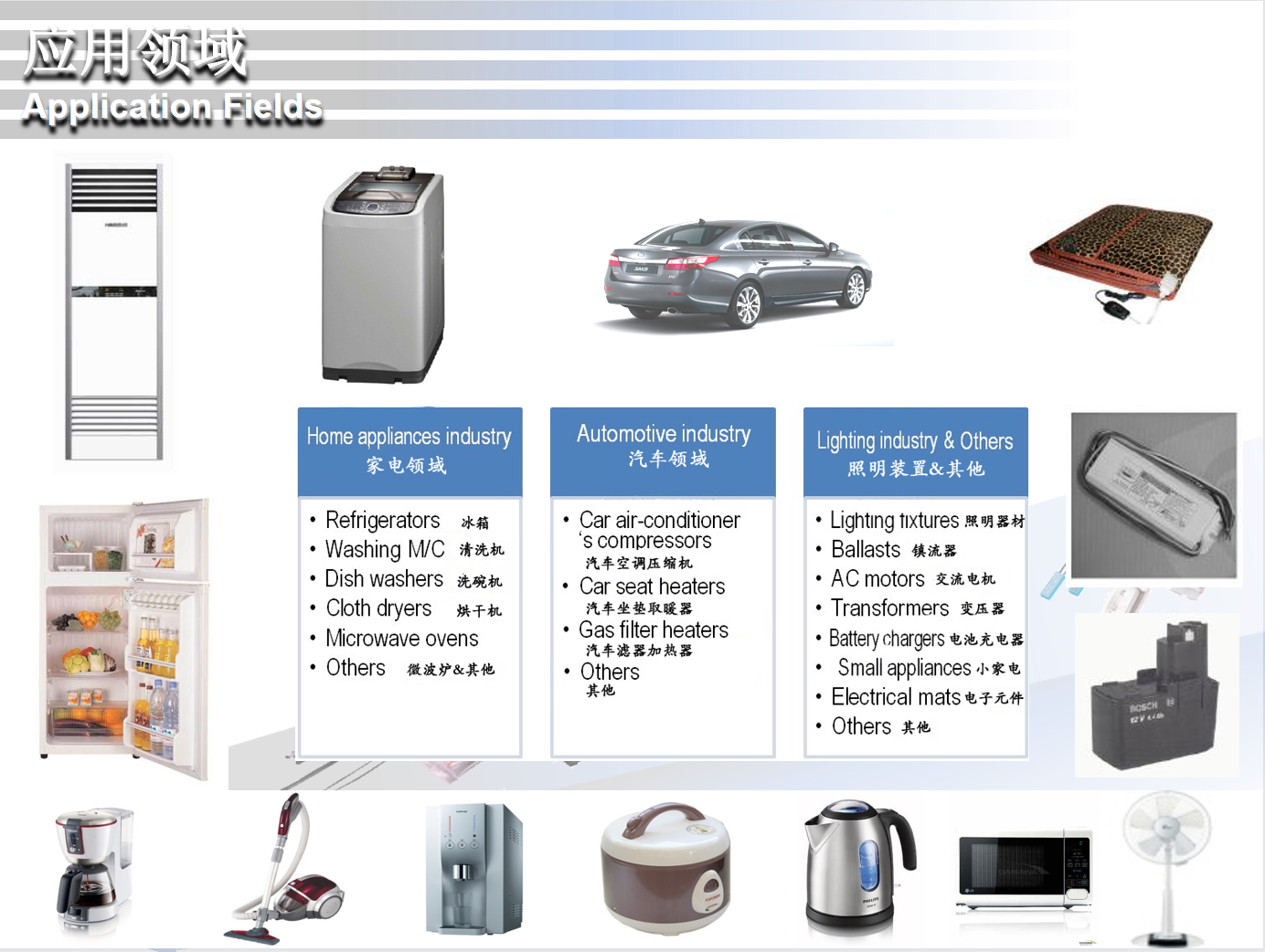
Installations:
Method of earth: By means of the metal cup of thermostat connected in the earthing metal part.
The thermostat should work in environment with humidity not higher than 90%, free of caustic, flammable gas and conducting dust.
When the thermostat is used to sense the temperature of solid items, its cover should be clung to the heating part of such items. Meanwhile, heat-conducting silicon grease, or other heat media of similar nature, should be applied to the cover's surface.
If the thermostat is used to sense the temperature of liquids or steam, it is strongly recommended to adopt a version with stain less-steeled cup. Moreover, cautious measures should be taken to prevent liquids getting into/onto the thermo stat's insulation parts.
The top of the cup must not be pressed to sink, so as to avoid adverse effect on the thermostat's temperature sensitivi ty or its other functions.
Liquids must be kept out of the thermostat's inner part! The base must avid any force that could lead to crack; it should be kept clear and away from the pollution of electric substance to prevent insulation weakening that leads to short-circuit ed damages.
The terminals should be bent, or else, the reliability of electric connection will be influenced.
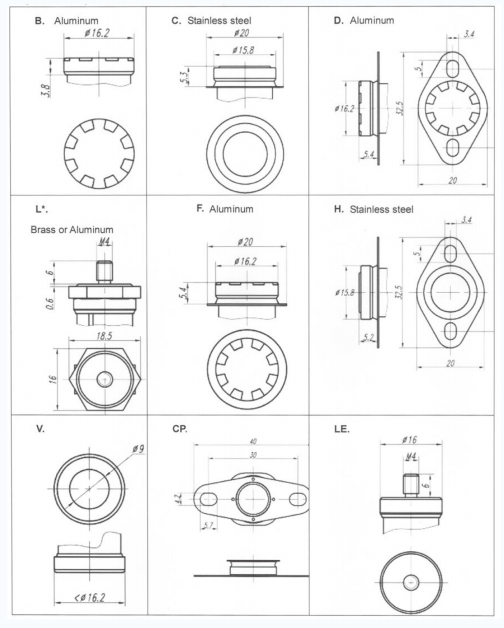
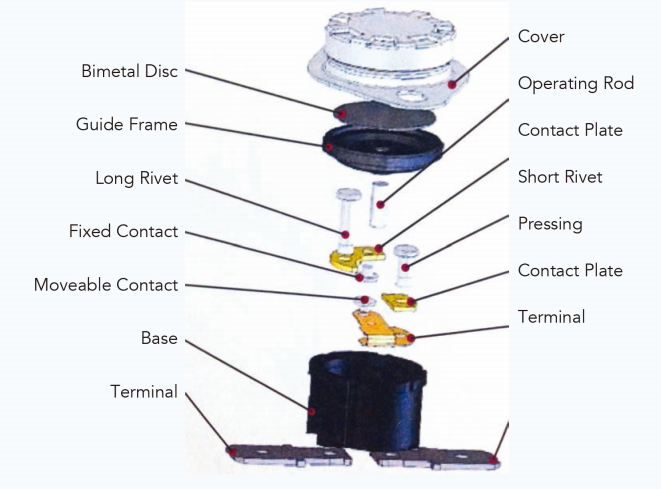
Features
• Snap Action
• Manual and Automatic Resettable
• Safety Design according to IEC Standard
• Horizontal and Vertical Terminals Available
• Customized Wire Connection and Bracket Type Available
• Available with Both Normally Closed and Open Type Contacts
• Single Operation Device(SOD): Open on temperature rise, no closure unless the temperature 0℃ or below -35℃
Product Advantage
Long life, high precision, EMC test resistance, no arcing, small size and stable performance.
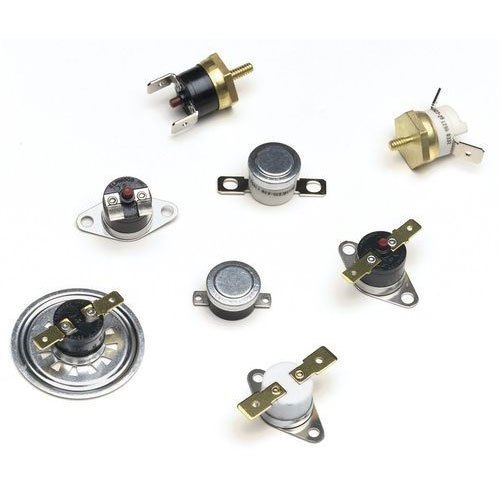
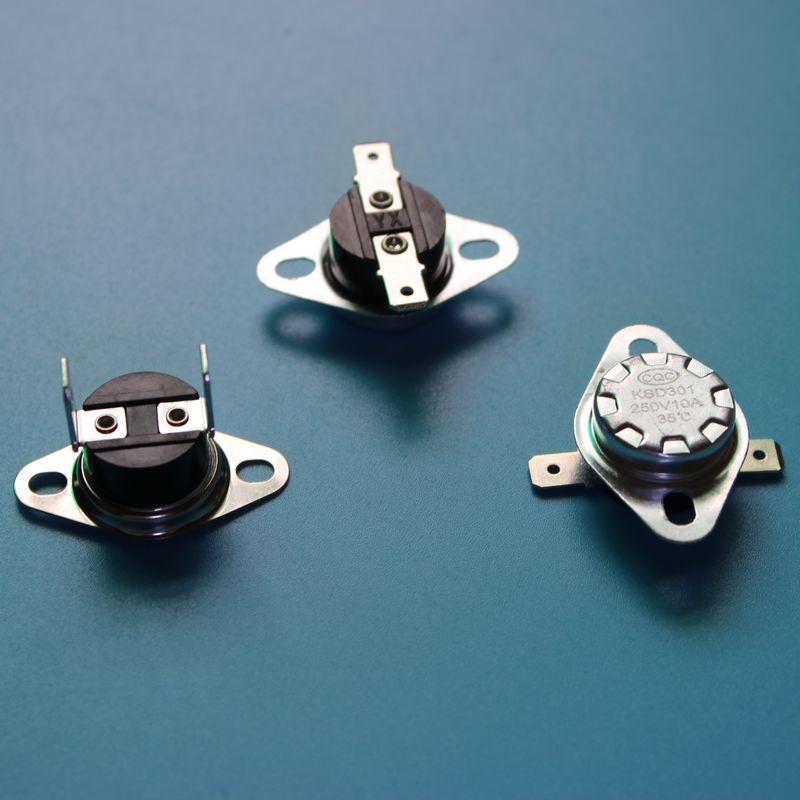
Feature Advantage
Automatic reset temperature control switch: as the temperature increases or decreases, the internal contacts are automatically opened and closed.
Manual reset temperature control switch: When the temperature rises, the contact will automatically open; when the temperature of the controller cools down, the contact must be reset and closed again by manually pressing the button.
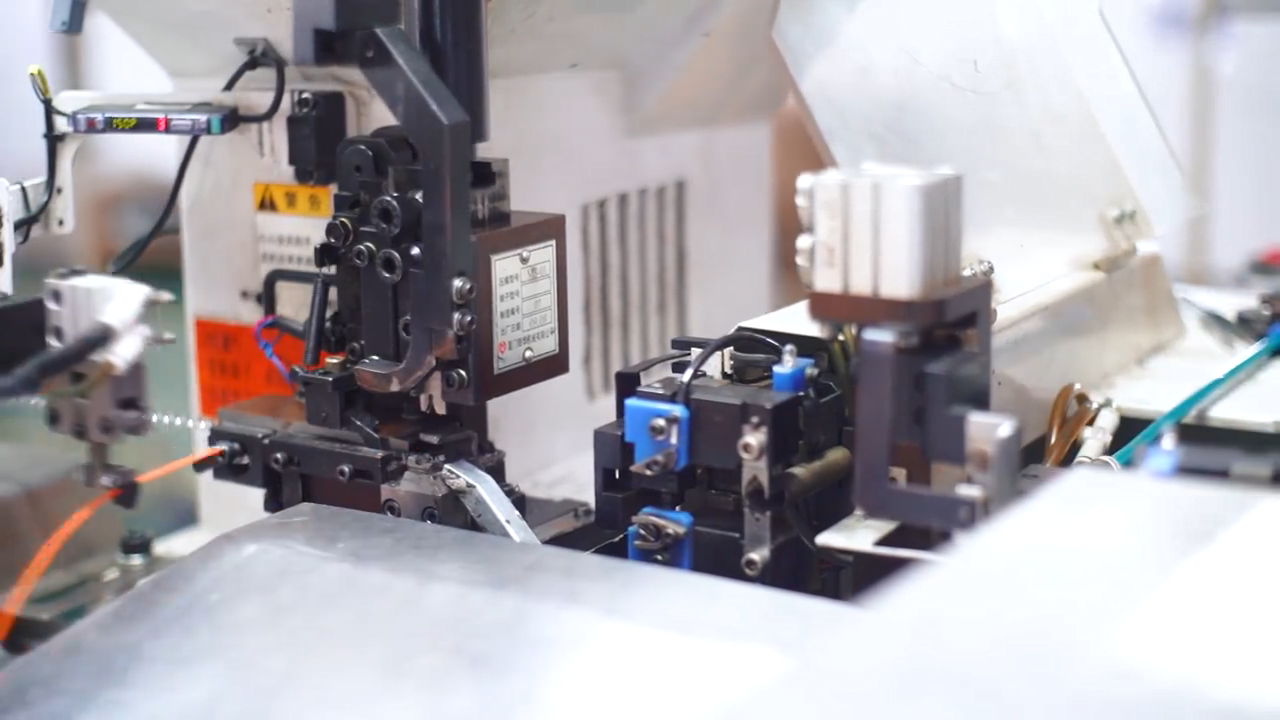
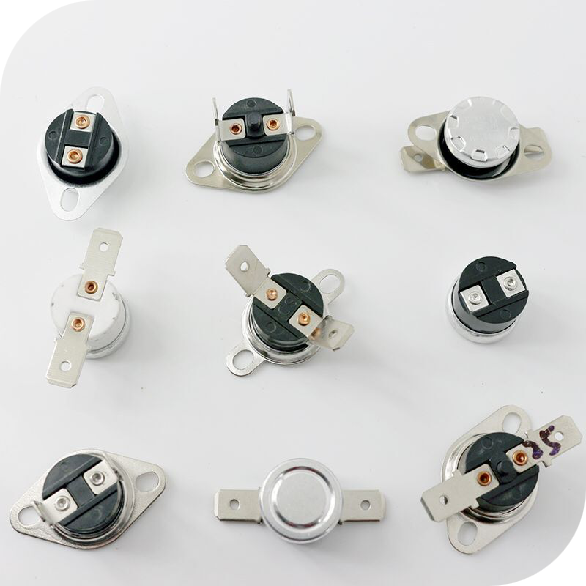
How does a Manual Thermostat Work?
A mercury-based manual thermostat contains a sealed tube filled with mercury gas. As the temperature in the home changes, the mercury heats up or cools down. After the mercury reaches a specific temperature, the thermostat sends a signal to the heating or cooling unit to switch on or off.
One of the most operating systems used in the manual thermostat is the bi-metal conductor. These units contain a strip or metal, which can be made from aluminum, tin, steel or some other material depending on the unit. As the room heats up or cools down, the metal reacts to the change in temperature. Once it reaches a specific set point, it sends an electric signal to the furnace or air conditioner to switch on or off.
A manual thermostat may also contain a digital control system, which tends to be the most accurate and reliable of the three systems. With a digital thermostat, an electric temperature gauge senses temperature changes in the room. When the temperature in the room falls above or below the set temperature, the thermostat sends an electric signal to the heating or cooling unit to bring the room's temperature to the desired range.

 Our product has passed the CQC,UL,TUV certification and so on, has applied for patents accumulatively more than 32 projects and has obtained scientific research departments above the provincial and ministerial level more than 10 projects. Our company has also passed the ISO9001 and ISO14001 system certificated, and national intellectual property system certificated.
Our product has passed the CQC,UL,TUV certification and so on, has applied for patents accumulatively more than 32 projects and has obtained scientific research departments above the provincial and ministerial level more than 10 projects. Our company has also passed the ISO9001 and ISO14001 system certificated, and national intellectual property system certificated.
Our research and development and production capacity of the company’s mechanical and electronic temperature controllers have ranked in the forefront of the same industry in the country.


